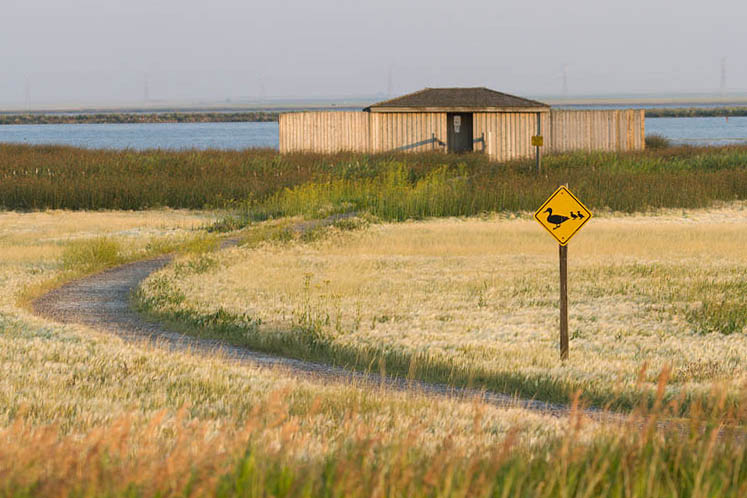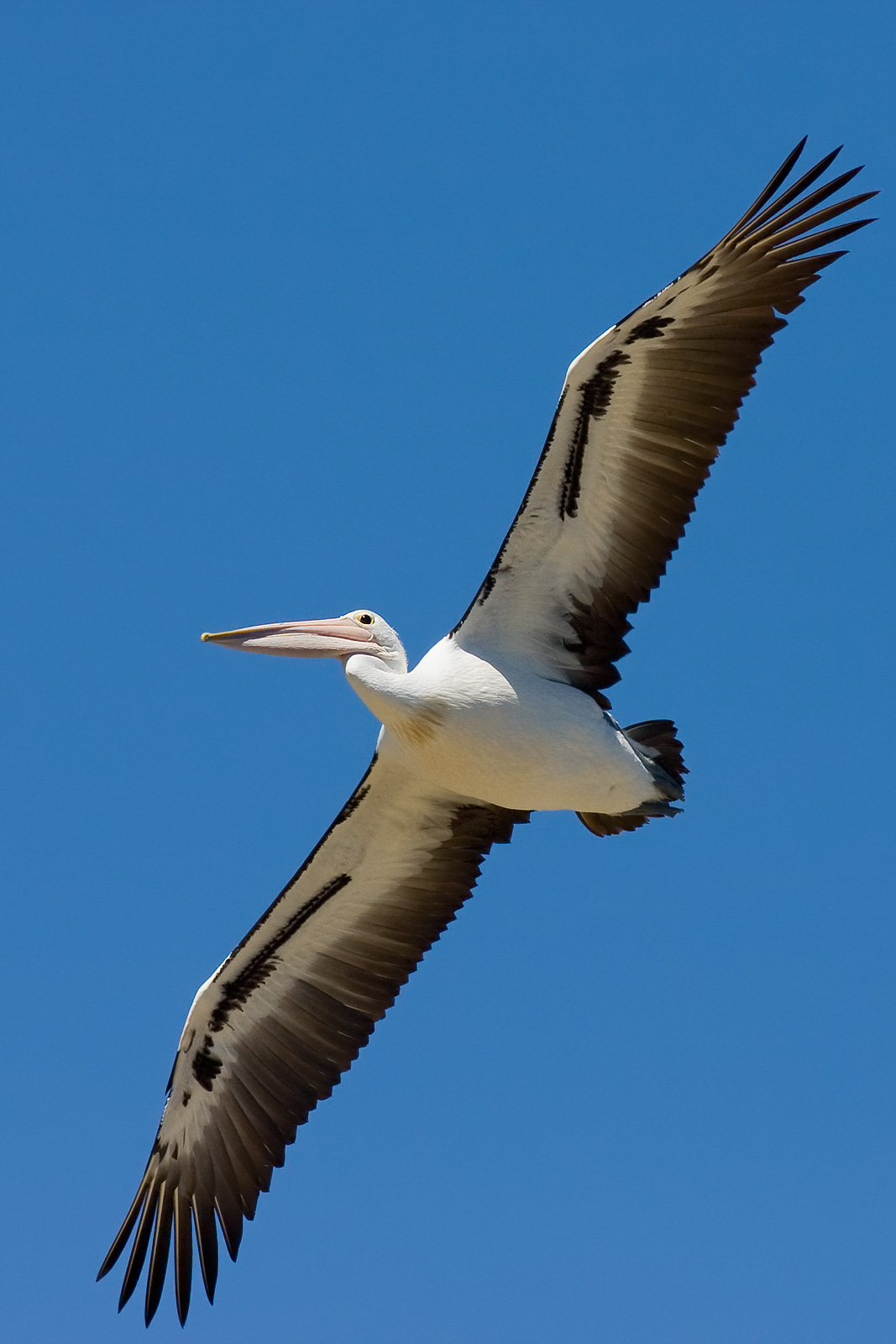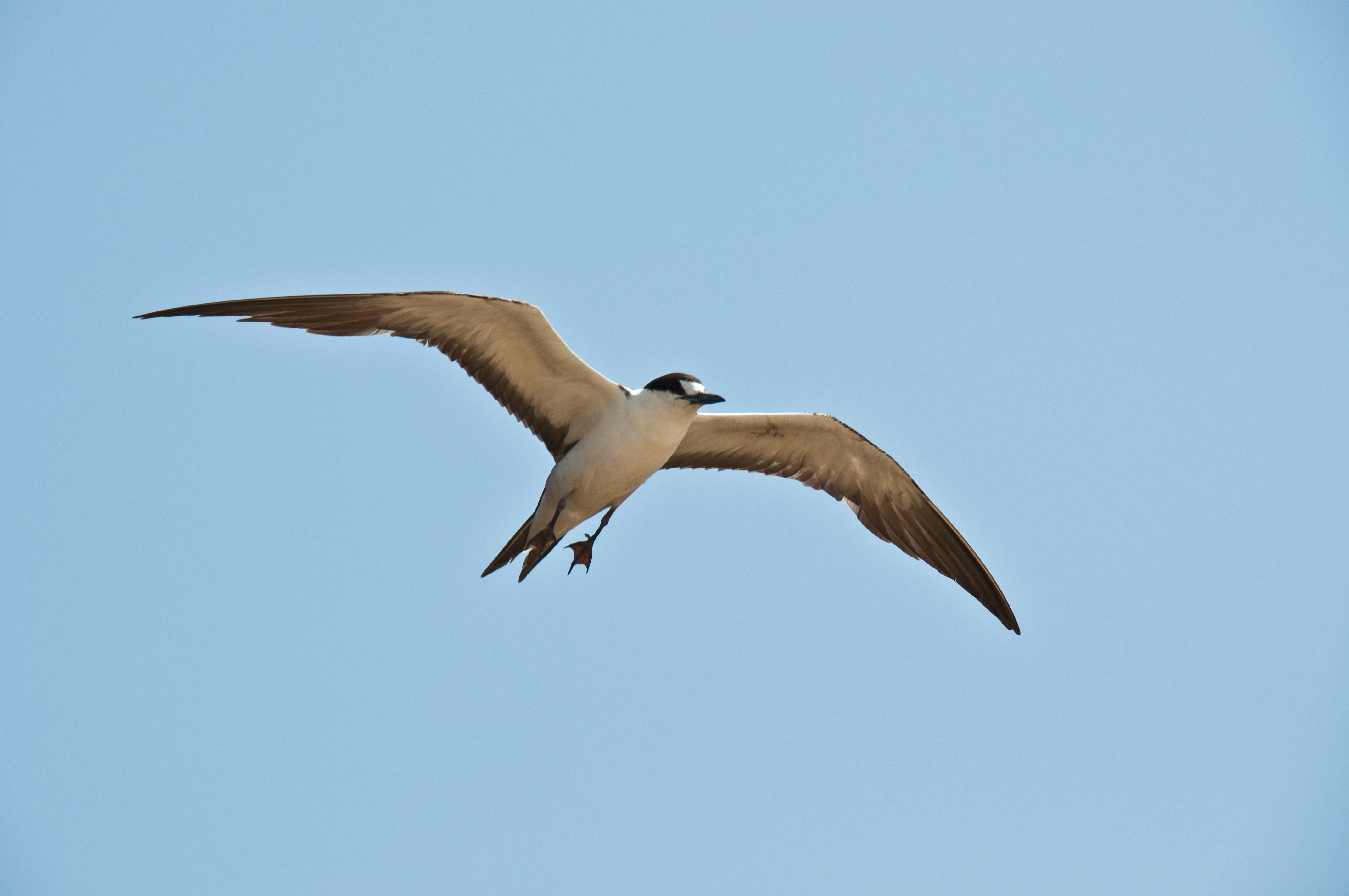|
Stapleton Island
Stapleton Island is a small (4 ha) island on the northern Great Barrier Reef of Far North Queensland, Australia. It lies about 40 km off Cape Melville on the east coast of the Cape York Peninsula. It is important as a nesting site for boobies and terns. Description The island is an elongated cay, about long with a maximum width of . It is constituted of coral sand and reef rubble rising to a central ridge above sea level. The outer edge has a beach community of herbs In general use, herbs are a widely distributed and widespread group of plants, excluding vegetables and other plants consumed for macronutrients, with savory or aromatic properties that are used for flavoring and garnishing food, for medicina ... and the sand ridge is dominated by low shrubs and ''Lepturus'' grass. The island is a designated Preservation Area within the Howick Group National Park with no general public access. Birds The island has been identified by BirdLife International a ... [...More Info...] [...Related Items...] OR: [Wikipedia] [Google] [Baidu] |
Island
An island or isle is a piece of subcontinental land completely surrounded by water. Very small islands such as emergent land features on atolls can be called islets, skerries, cays or keys. An island in a river or a lake island may be called an eyot or ait, and a small island off the coast may be called a holm. Sedimentary islands in the Ganges Delta are called chars. A grouping of geographically or geologically related islands, such as the Philippines, is referred to as an archipelago. There are two main types of islands in the sea: continental islands and oceanic islands. There are also artificial islands (man-made islands). There are about 900,000 official islands in the world. This number consists of all the officially-reported islands of each country. The total number of islands in the world is unknown. There may be hundreds of thousands of tiny islands that are unknown and uncounted. The number of sea islands in the world is estimated to be more than 200,000. ... [...More Info...] [...Related Items...] OR: [Wikipedia] [Google] [Baidu] |
Important Bird Area
An Important Bird and Biodiversity Area (IBA) is an area identified using an internationally agreed set of criteria as being globally important for the conservation of bird populations. IBA was developed and sites are identified by BirdLife International. There are over 13,000 IBAs worldwide. These sites are small enough to be entirely conserved and differ in their character, habitat or ornithological importance from the surrounding habitat. In the United States the Program is administered by the National Audubon Society. Often IBAs form part of a country's existing protected area network, and so are protected under national legislation. Legal recognition and protection of IBAs that are not within existing protected areas varies within different countries. Some countries have a National IBA Conservation Strategy, whereas in others protection is completely lacking. History In 1985, following a specific request from the European Economic Community, Birdlife International ... [...More Info...] [...Related Items...] OR: [Wikipedia] [Google] [Baidu] |
Islands Of Far North Queensland
An island or isle is a piece of subcontinental land completely surrounded by water. Very small islands such as emergent land features on atolls can be called islets, skerries, cays or keys. An island in a river or a lake island may be called an eyot or ait, and a small island off the coast may be called a holm. Sedimentary islands in the Ganges Delta are called chars. A grouping of geographically or geologically related islands, such as the Philippines, is referred to as an archipelago. There are two main types of islands in the sea: continental islands and oceanic islands. There are also artificial islands (man-made islands). There are about 900,000 official islands in the world. This number consists of all the officially-reported islands of each country. The total number of islands in the world is unknown. There may be hundreds of thousands of tiny islands that are unknown and uncounted. The number of sea islands in the world is estimated to be more than 200,000. The ... [...More Info...] [...Related Items...] OR: [Wikipedia] [Google] [Baidu] |
Important Bird Areas Of Queensland
Importance is a property of entities that matter or make a difference. For example, World War II was an important event and Albert Einstein was an important person because of how they affected the world. There are disagreements in the academic literature about what type of difference is required. According to the causal impact view, something is important if it has a big causal impact on the world. This view is rejected by various theorists, who insist that an additional aspect is required: that the impact in question makes a value difference. This is often understood in terms of how the important thing affects the well-being of people. So on this view, World War II was important, not just because it brought about many wide-ranging changes but because these changes had severe negative impacts on the well-being of the people involved. The difference in question is usually understood counterfactually as the contrast between how the world actually is and how the world would have b ... [...More Info...] [...Related Items...] OR: [Wikipedia] [Google] [Baidu] |
Australian Pelican
The Australian pelican (''Pelecanus conspicillatus'') is a large waterbird in the family Pelecanidae, widespread on the inland and coastal waters of Australia and New Guinea, also in Fiji, parts of Indonesia and as a vagrant in New Zealand. It is a predominantly white bird with black wings and a pink bill. It has been recorded as having the longest bill of any living bird. It mainly eats fish, but will also consume birds and scavenge for scraps if the opportunity arises. Taxonomy The Australian pelican was first described by Dutch naturalist Coenraad Jacob Temminck in 1824. Its specific epithet is derived from the Latin verb conspicere, meaning 'to behold', and refers to the 'spectacled' appearance created by its conspicuous eye markings. Description The Australian pelican is medium-sized by pelican standards, with a wingspan of . Weight can range from , although most of these pelicans weigh between .''CRC Handbook of Avian Body Masses'' by John B. Dunning Jr. (Editor ... [...More Info...] [...Related Items...] OR: [Wikipedia] [Google] [Baidu] |
Common Noddy
The brown noddy or common noddy (''Anous stolidus'') is a seabird in the family Laridae. The largest of the noddies, it can be told from the closely related black noddy by its larger size and plumage, which is dark brown rather than black. The brown noddy is a tropical seabird with a worldwide distribution, ranging from Hawaii to the Tuamotu Archipelago and Australia in the Pacific Ocean, from the Red Sea to the Seychelles and Australia in the Indian Ocean and in the Caribbean to Tristan da Cunha in the Atlantic Ocean. The brown noddy is colonial, usually nesting on elevated situations on cliffs or in short trees or shrubs. It only occasionally nests on the ground. A single egg is laid by the female of a pair each breeding season. In India, the brown noddy is protected in the PM Sayeed Marine Birds Conservation Reserve. Taxonomy The first formal description of the brown noddy was by the Swedish naturalist Carl Linnaeus in 1758 in the tenth edition of his ''System ... [...More Info...] [...Related Items...] OR: [Wikipedia] [Google] [Baidu] |
Little Tern
The little tern (''Sternula albifrons'') is a seabird of the family Laridae. It was formerly placed into the genus ''Sterna'', which now is restricted to the large white terns. The genus name is a diminutive of '' Sterna'', "tern". The specific ''albifrons'' is from Latin ''albus'', "white", and "frons", ''forehead''. The former North American (''S. a. antillarum'') and Red Sea ''S. a. saundersi'' subspecies are now considered to be separate species, the least tern (''Sternula antillarum'') and Saunders's tern (''Sternula saundersi''). This bird breeds on the coasts and inland waterways of temperate and tropical Europe and Asia. It is strongly migratory, wintering in the subtropical and tropical oceans as far south as South Africa and Australia. There are three subspecies, the nominate ''albifrons'' occurring in Europe to North Africa and western Asia; ''guineae'' of western and central Africa; and ''sinensis'' of East Asia (SE Russia to Japan, SE Asia, Philippines) and t ... [...More Info...] [...Related Items...] OR: [Wikipedia] [Google] [Baidu] |
Crested Tern
The greater crested tern Retrieved 28 February 2012 (''Thalasseus bergii''), also called crested tern or swift tern, is a tern in the family Laridae that nests in dense colonies on coastlines and islands in the tropical and subtropical Old World. Its five subspecies breed in the area from South Africa around the Indian Ocean to the central Pacific and Australia, all populations dispersing widely from the breeding range after nesting. This large tern is closely related to the royal and lesser crested terns, but can be distinguished by its size and bill colour. The greater crested tern has grey upperparts, white underparts, a yellow bill, and a shaggy black crest that recedes in winter. Its young have a distinctive appearance, with strongly patterned grey, brown and white plumage, and rely on their parents for food for several months after they have fledged. Like all members of the genus ''Thalasseus'', the greater crested tern feeds by plunge diving for fish, usually in marine en ... [...More Info...] [...Related Items...] OR: [Wikipedia] [Google] [Baidu] |
Black-naped Tern
The black-naped tern (''Sterna sumatrana'') is an oceanic tern mostly found in tropical and subtropical areas of the Pacific and Indian Oceans. It is rarely found inland. Description The tern is about 30 cm long with a wing length of 21–23 cm. Their beaks and legs are black, but the tips of their bills are yellow. They have long forked tails. The black-naped tern has a white face and breast with a grayish-white back and wings. The first couple of their primary feathers are gray. There are two listed subspecies: *''S. s. mathewsi'' (Stresemann, 1914) – islands of the western Indian Ocean *''S. s. sumatrana'' ( Raffles, 1822) – islands of the eastern Indian Ocean through to the western Pacific & Australasia Australasia is a region that comprises Australia, New Zealand and some neighbouring islands in the Pacific Ocean. The term is used in a number of different contexts, including geopolitically, physiogeographically, philologically, and ecolo ... ... [...More Info...] [...Related Items...] OR: [Wikipedia] [Google] [Baidu] |
Sooty Tern
The sooty tern (''Onychoprion fuscatus'') is a seabird in the family Laridae. It is a bird of the tropical oceans, returning to land only to breed on islands throughout the equatorial zone. Taxonomy The sooty tern was described by Carl Linnaeus in 1766 as ''Sterna fuscata'', bearing this name for many years until the genus ''Sterna'' was split up. It is now known as ''Onychoprion fuscatus''. The genus name is from ancient Greek , "claw" or "nail", and , "saw". The specific ''fuscatus'' is Latin for "dark". Colloquially, it is known as the wideawake tern or just wideawake. This refers to the incessant calls produced by a colony of these birds, as does the Hawaiian name ''ʻewa ʻewa'' which roughly means " cacophony". In most of Polynesia its name is ''manutara'' or similar – literally "tern-bird", though it might be better rendered in English as "the tern" or "common tern". This refers to the fact that wherever Polynesian seafarers went on their long voyages, they usua ... [...More Info...] [...Related Items...] OR: [Wikipedia] [Google] [Baidu] |
Bridled Tern
The bridled tern (''Onychoprion anaethetus'') is a seabird of the family Laridae. It is a bird of the tropical oceans. The scientific name is from Ancient Greek. The genus comes from ' meaning "claw" or "nail", and , meaning "saw". The specific ''anaethetus'' means "senseless, stupid". Description This is a medium-sized tern, at 30–32 cm in length and with a 77–81 cm wingspan similar to the common tern in size, but more heavily built. The wings and deeply forked tail are long, and it has dark grey upperparts and white underparts. The forehead and eyebrows are white, as is a striking collar on the hindneck. It has black legs and bill. Juvenile bridled terns are scaly grey above and pale below. This species is unlikely to be confused with any tern apart from the similarly dark-backed sooty tern and the spectacled tern from the Tropical Pacific. It is paler-backed than that sooty, (but not as pale as the grey-backed) and has a narrower white forehead and a pale n ... [...More Info...] [...Related Items...] OR: [Wikipedia] [Google] [Baidu] |
Lesser Crested Tern
The lesser crested tern (''Thalasseus bengalensis'')Bridge, E. S.; Jones, A. W. & Baker, A. J. (2005)A phylogenetic framework for the terns (Sternini) inferred from mtDNA sequences: implications for taxonomy and plumage evolution. ''Molecular Phylogenetics and Evolution'' 35: 459–469. is a tern in the family Laridae. Etymology The genus name is from Ancient Greek ''Thalasseus'', "fisherman" from ''thalassa'', "sea". The specific ''bengalensis'' means "of Bengal", the type locality, historically referring to much of northern India and Bangladesh. Distribution It breeds in subtropical coastal parts of the world mainly from the Red Sea across the Indian Ocean to the western Pacific, and Australia, with a significant population on the southern coast of the Mediterranean on two islands off the Libyan coast. Accidental breeding has also been reported in Italy and France. The Australian birds are probably sedentary, but other populations are migratory, wintering south to South Af ... [...More Info...] [...Related Items...] OR: [Wikipedia] [Google] [Baidu] |








